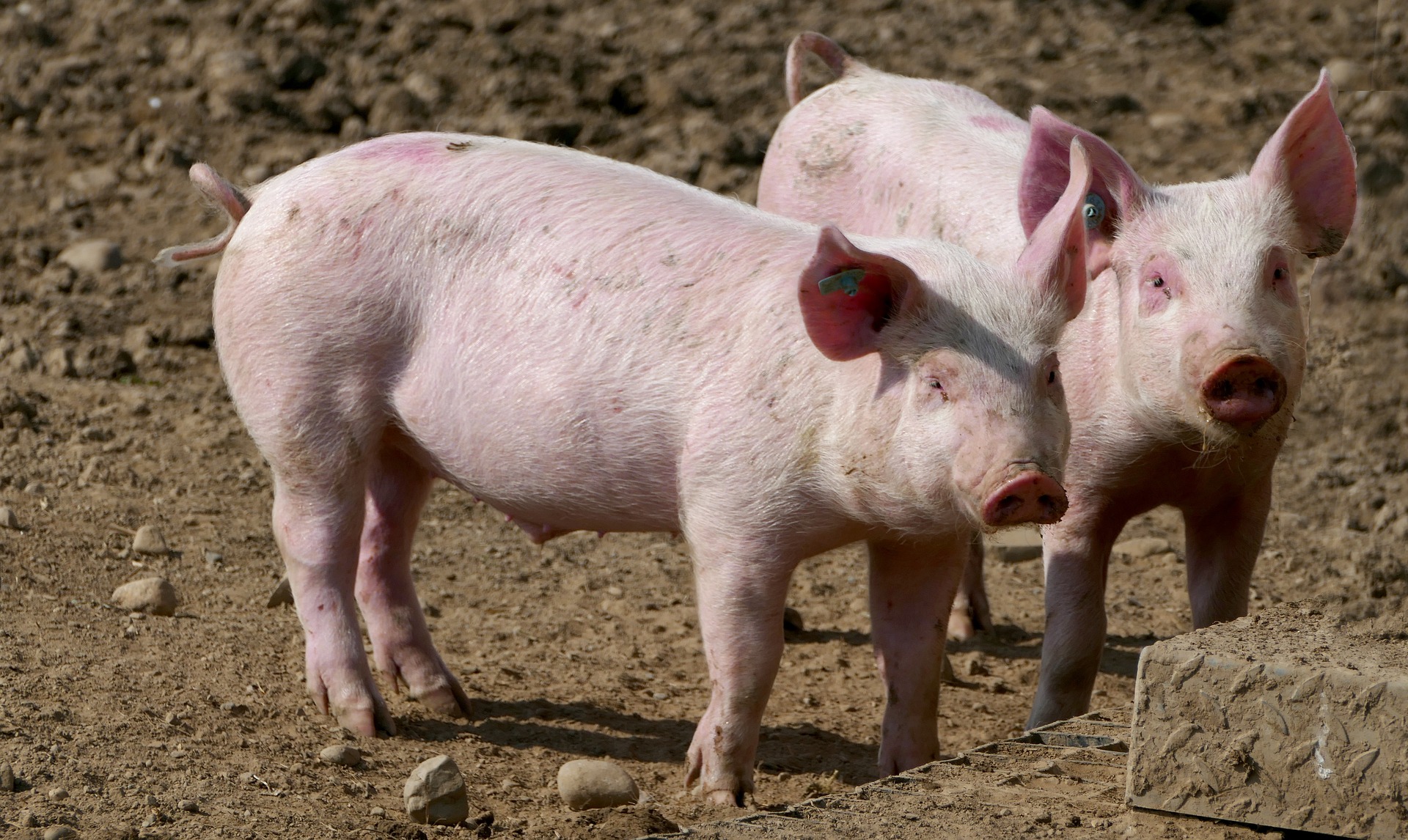There are several key differences between African swine fever, classical swine fever and swine flu, including the clinical signs that develop, the way the diseases affect pigs, and the risk of human infection. Knowing these differences can help to differentiate the diseases and guide appropriate control measures.
African swine fever, classical swine fever (also known as hog cholera or European swine fever), and swine flu are three different diseases that can affect pigs, but their names are often used interchangeably, which can lead to oversights in how disease outbreaks are managed and have serious ramifications for farmers and other affected stakeholders. To help minimise confusion and promote better animal health, I present a summary that farmers should keep in mind when faced with disease outbreaks:
- African swine fever is a viral infection caused by the African swine fever virus.
- Classical swine fever is caused by a pestivirus which is closely related to viruses that cause bovine viral
diarrhoea in cattle. - Swine flu is caused by subtypes H1N1, H1N2 or H3N2 of influenza A viruses.
All three of these viruses are highly contagious among domestic pigs and can spread rapidly between pig farms. Both African swine fever and classical swine fever are high-impact diseases that should be reported to the World Organisation of Animal Health (WOHA). They are also controlled by the national Department of Agriculture, Land Reform and Rural Development (DALRRD). Only African swine fever is currently present in pigs in South Africa.
African swine fever is characterised as a haemorrhagic fever in domestic pigs that can kill up to 100% of infected animals. Pigs may develop a range of syndromes varying from peracute (severe, short-duration, and generally quickly fatal) to chronic and subclinical diseases. Clinical signs that may occur with virulent virus strains include fever, loss of appetite, and haemorrhages in the skin and internal organs, and in some cases, pigs may die without the development of clinical signs. Less virulent strains may cause mild clinical signs like fever, depression, and reduced appetite, which can easily be confused with many other conditions in pigs.
Pigs with classical swine fever can present very similar clinical signs to African swine fever, and laboratory confirmation is important to discriminate between the two diseases.
In contrast, swine flu is an upper respiratory disease characterised by fever, coughing, sneezing, nasal discharge, and laboured breathing. Animals usually recover quickly, and the mortality rate is low.
Another key difference between these diseases is that the African swine fever virus can be transmitted by soft ticks from the genus Ornithodorus, which occurs in warthog boroughs. African wild pigs like warthogs, bushpigs and giant forest hogs do not develop any signs of disease when infected with the African swine fever virus, and together with the ticks can act as reservoir hosts to maintain the virus in a sylvatic pathogen transmission cycle (one that involves a non-human animal host and insects). All wild hogs including warthogs and bushpigs are susceptible to classical swine fever.
African swine fever virus and classical swine fever virus can survive for long periods in processed pork products, and pigs can become infected when eating swill that contains these products. Swine influenza viruses are not very hardy and cannot survive long outside the host.
African swine fever and classical swine fever viruses are not known to cause disease in humans; however, swine influenza viruses can occasionally infect and cause flu-like diseases in humans, especially those who handle infected animals.
Pigs are known to be susceptible to avian, human, and swine influenza viruses, which can lead to the development of new variant viruses capable of causing pandemics in humans, as was the case in 2009 when a human variant of the H1N1 virus emerged – this is the virus that is commonly referred to as swine flu in humans.
Further information can be obtained on the following websites:
https://www.woah.org/en/disease/african-swine-fever/
https://www.woah.org/en/disease/classical-swine-fever/
https://www.cdc.gov/flu/swineflu/influenza-in-swine.htm
Source: University of Pretoria.
A supplied opinion piece by Prof Jannie Crafford, Department of Veterinary Tropical Diseases, Faculty of Veterinary Science, University of Pretoria.










Why is the original writer of this article, Prof Jannie Crafford of the University of Pretoria’s Faculty of Veterinary Science not acknowledged?
Hi Chris, thank you for your concern. We had some issues on the back end that prevented the name from showing. It has been corrected and Prof Jannie’s name should be showing up as it is supposed to now.
— Editorial